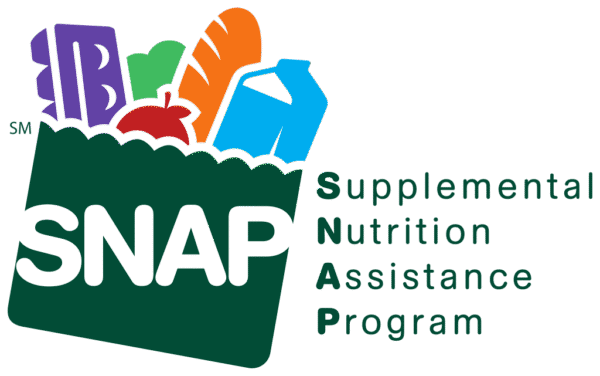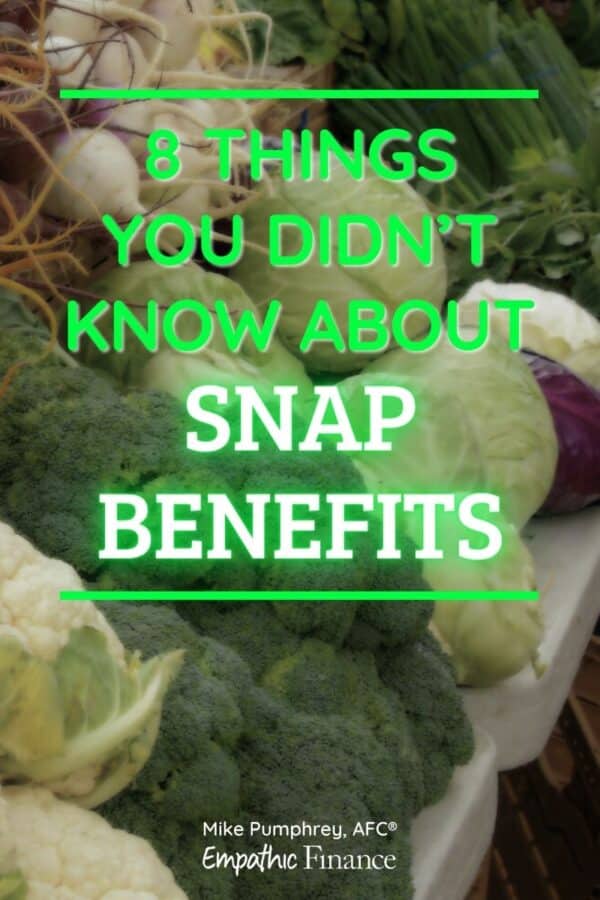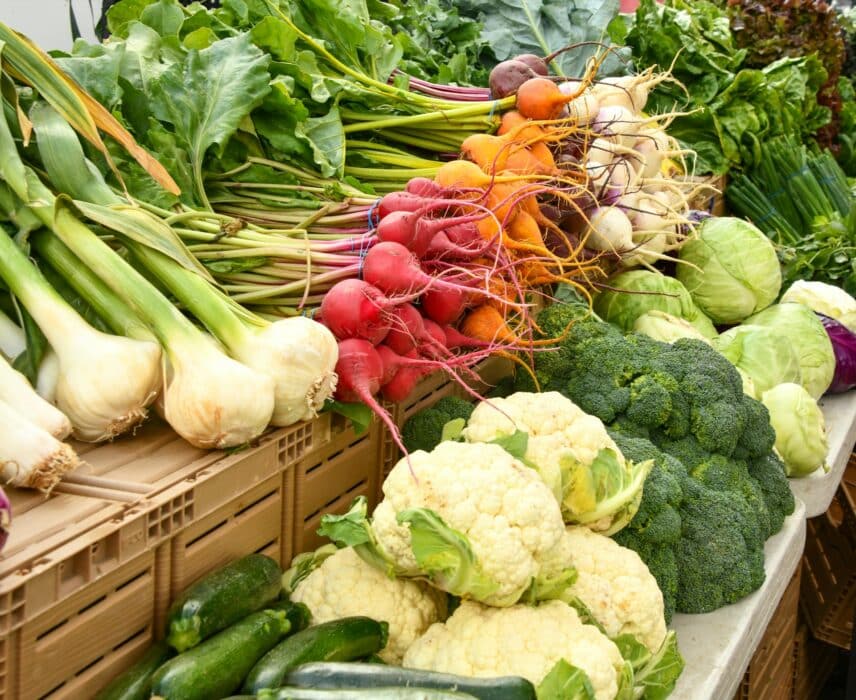SNAP (Supplemental Nutrition Assistance Program) has been in the news recently, but what does it really do? More than you think.
When people ask me how I skew politically, I often say that I always side with empathy.
So when I learned that SNAP benefits (sometimes still known as “food stamps”) weren’t going to be paid out due to the government shutdown, with the Department of Agriculture claiming that they wouldn’t tap into their $5 billion emergency fund (designed for this exact purpose), you can imagine where I sided on this issue.
As always with safety net programs, there is a lot of confusion and misunderstanding around SNAP, including who it helps, how it works, and why it’s so vital to everyone, even those who have never been a part of that program.
So with that in mind, here are 8 things you probably didn’t know about SNAP.
Table of Contents
What is SNAP?
Let’s start with the basics. The Supplemental Nutrition Assistance Program provides food benefits to low-income families in need to supplement their grocery budget.

Put simply, it’s money that’s given out to people in need in order to buy food.
While the program is funded by the U.S. Department of Agriculture, it’s administered on a state-by-state basis.
While “food stamps” is a more evocative name, the SNAP program doesn’t do anything with stamps. Enrollees get what functions like a debit card for use at grocery stores are other eligible locations like farmers markets.
You can’t buy hot food, and you can’t buy prepared foods either, so no McDonalds. And you can’t buy alcohol, cigarettes, or supplements. But you can checkout of the grocery store in one go even if you have a combination of eligible and non-eligible items; pay with your SNAP card for what’s eligible, and then pay with other means for everything that’s not eligible.
1. SNAP participants aren’t who you think
The overwhelming majority of SNAP recipients are either children, seniors, or people with disabilities.
If you have it in your head that people who get these benefits are mooches on the system who should just get a job, many of the rest of those people have a job. Or are in between jobs.
And those who aren’t are, as I said, children or seniors. Think about that when you’re inclined to argue that the safety net is too generous.
2. SNAP is effective at reducing poverty
Most SNAP households live in poverty, meaning a gross monthly income at or below 100% of the poverty level.
It’s been estimated that in 2022, increased SNAP benefits were able to lift 2.9 million people out of poverty.
The system works.
3. SNAP helps children live better, more productive lives
SNAP is linked to better health and educational outcomes in children. Children in families who receive these benefits do better in school, and have lower rates of obesity, high blood pressure, and heart disease.
And all while costing taxpayers very little.
4. SNAP is more efficient than food banks
Food banks are great, but they are not—cannot be—as efficient as SNAP.
Foodbanks require extensive distributions networks for food, and are opportunistic, netting participants whatever is on hand and available. By contrast, someone with SNAP benefits can go to their local grocery store and shop normally, without any additional infrastructure.
5. SNAP helps grocery stores
Grocery stores don’t care how people pay for their groceries. They get the same amount if it’s cash, check, card, or SNAP.
Now, if you take away the millions of people, and billions of dollars, that people spend on grocery stores each month, what do you think that’s going to do to a grocery store’s bottom line?
It’s not just families who will suffer if and when SNAP benefits are cut; it’s the whole economy.
6. Fraud basically doesn’t exist
For all the talk about SNAP benefit fraud, it’s vanishingly rare, around 1%. That’s basically nothing when compared to the benefits that it generates for people.
Again, and I can’t say this enough: the system works. If it were funded more actively, the system would work even better.
More people are getting SNAP benefits than you think
Poverty is deeply shameful in a country like the U.S., where the myth of “pulling yourself up by your bootstraps” is ever-present.
So you may not realize it, but you probably know someone who receives, or has received, SNAP benefits.
Just look at the numbers: in a country with a population of over 330 million, SNAP serves over 40 million participants per month. That’s basically 1 in every 7 or 8 people.
The Birthday Paradox states that if you get more than two dozen people in a single room, the chances of any two of them having the same birthday are better than 50%. Now you’re going to tell me that you don’t know any one of those 40 million people? I doubt it. They’re probably just not talking about it.
I have received SNAP benefits
But okay, let’s say you really know no one who’s received SNAP benefits.
Well now you do: I’ve received SNAP benefits.
During a long period of unemployment, I signed up for SNAP so as to slow the draining of my savings account. I talk about having an emergency fund, but any emergency fund is eventually going to run out if it’s not replenished, and this was becoming my situation.
Having a small benefit each month was massively helpful. In the grand scheme of things it wasn’t much, but it paid for most of my monthly grocery bill, and it didn’t run out, unlike my unemployment benefits, which ran out after only a few months.
Okay, I’m not a child, senior, working mom, and I don’t have a disability. But it helped me a lot, and I am deeply grateful. How would it have benefitted society to drain my savings faster, risking my inability to pay my bills? I can’t think of anything.
Support SNAP benefits (and recipients)
I don’t know what’s going to happen to our safety net in this country over the next few years, much less what will happen to SNAP benefits in the next few months. I know that Republicans voted to cut over $180 billion from SNAP/WIC funding in their most recent funding bill, so I’m not holding out much hope here.
Which is why we need to support and advocate for these benefits, and the people who receive them. This really is one of the best returns on investment our country can get.



